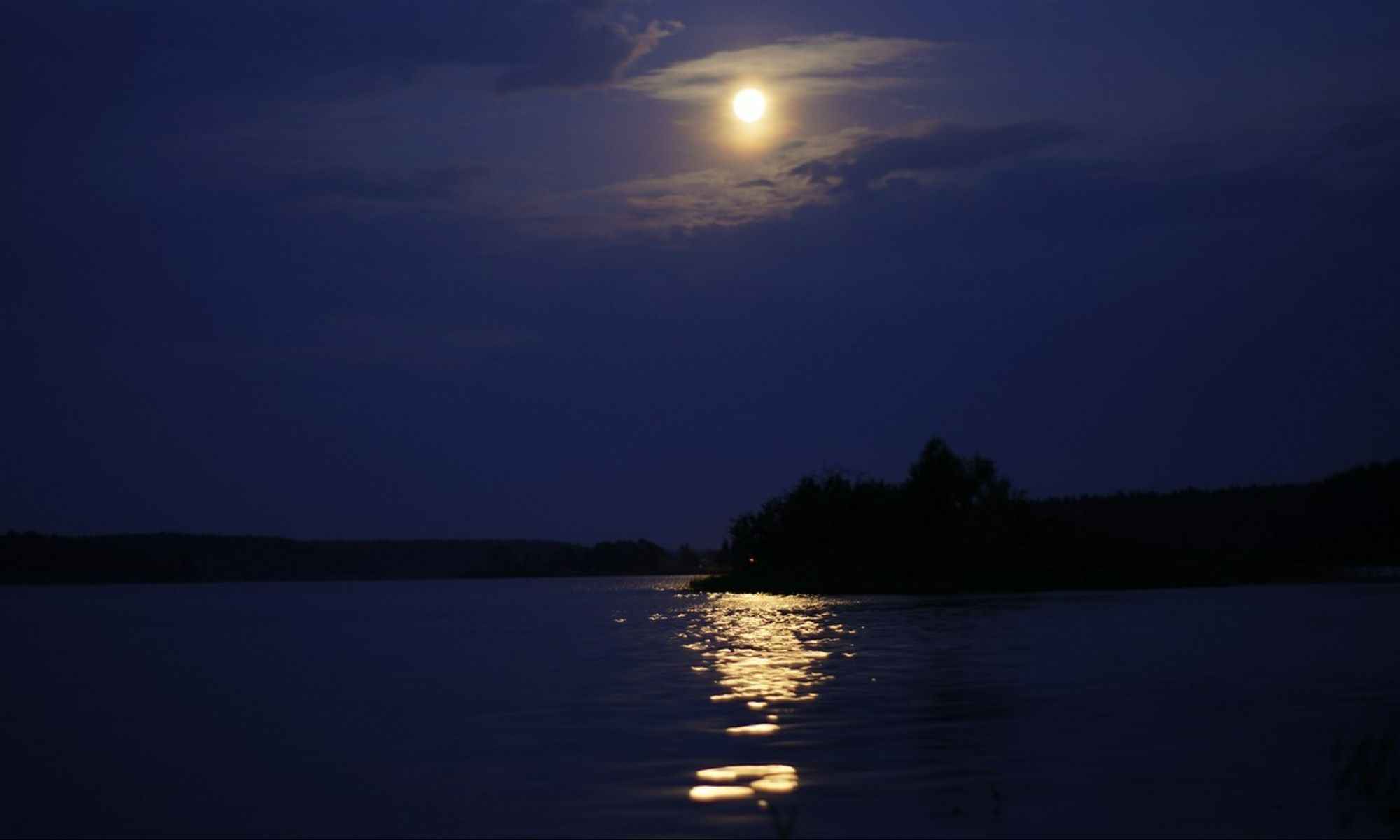Guide to Full Moon Fishing
If you plan on casting your line on or around the full moon, here are some fishing tips to help you catch some fish.

It is common knowledge that the moon impacts the tidal systems of Earth's oceans but many wonders if it influences fish activity. People living near the coast have known for generations that the moon's phases control tides and the flow of marine life. The lunar calendar has four phases: the new moon, the first quarter moon, the full moon, and the third quarter moon. These phases can affect your fishing activity and the behavior of the fish.

The sun and moon's gravitational pull result in high and low tides. Each day, we experience two high and two low tides. During full moons, the tides are known as spring tides, meaning they're at their highest point. The fish are at their most active during the spring tides. But do remember that although a full moon represents a stronger water movement and higher tides, it may not always be a great fishing time, depending on the fish you want to capture.
The full moon, also known as "the fishing moon," disrupts the fish's routines. If you plan on casting your line on or around the full moon, here are some fishing tips to help you catch some fish.

1. Track the Moon and Fish Behaviour
These major and minor moon periods affect the behavior of particular fish species. While some species appear unaffected, others are more active during a full moon cycle. Bass tend to lay their eggs during a full moon; the same goes with bluegill. Some certain gamefish, including tuna and swordfish, may swim deeper during a full moon to evade the light, meaning night fishing is likely to be less successful. However, other species like billfish and blue marlin stay closer to the surface during full moon phases. Fish like crappie are more active during a full moon, mainly due to the brightness, making them easier to capture. A full moon also means an increase in certain insect activities. It can be a good indicator because it represents a good feeding time for some fish. Largemouth bass are incredibly active during a full moon. They feed rages on baitfish schools and small crustaceans eating zooplankton near the surface of freshwater fishing locations.
It may be better to check your location and the specific fish you want to catch to see if they are more active during particular moon phases. Keep in mind that the best times to go out and catch a fish are when the fish are naturally most active.
2. Full Moon Day Fishing
The tide is immense when the moon is either in a complete phase or invisible, and an enormous wave makes the fish more active. Fishing during the day when the moon is in its complete phase might give anglers a better chance of catching fish than casting their lines at night. It is better to fish when the sun is at its highest points, which means the moon is directly overhead or below your latitude. It is a great time to cast your line as the fish are most active during this major period. Meanwhile, if you wish to head out during the moon's minor period, the most suitable time is during dusk and dawn, as this is when the moon will be rising and setting. Fish are actively feeding during minor stages.
3. Moon’s Effect on Saltwater and Freshwater Fishing
A full moon has lesser effects on freshwater fishing because small lakes and rivers are less affected by tidal changes and the moon's gravitational pull. Freshwater fishing success is more affected by the weather and seasons than the moon's phases. Meanwhile, the moon's phases have a significant effect on saltwater fishing. The saltwater tides are more substantial during a full moon due to the pull of gravity. Stronger currents mean more active baitfish and prey, making optimal fishing tide times. Also, a full moon radiates more light on the water during the night, affecting the feeding habits of fish because it's much easier for them to see and feed.
While fishing is safe during full moons, anglers should know that sudden tides changes are dangerous. Changes in waves can be harmful, so knowing how much water moves during the tide in your area is extremely important.
4. Wrapping It Up
While the tides are more likely to affect the fish than a full moon, it's always a good idea to keep a record of the moon noted down to be aware of the different conditions caused by the moon's phases. Keeping a journal will give you ideas about when the big fish are biting and what phase the moon is in when they do so, giving you a chance to plan for your next fishing trip. A record can also guide you on whether the moon phases truly influence the fish in your area or not.





